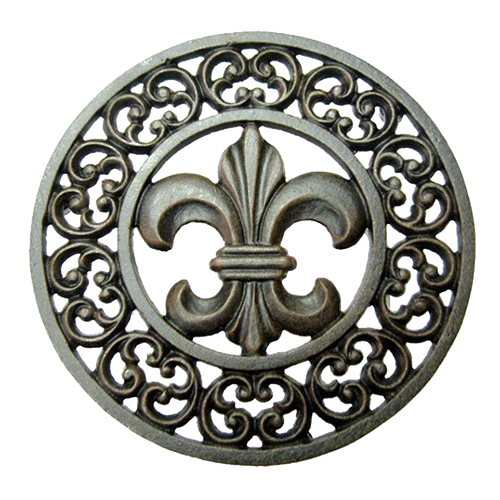Mobile:+86-311-808-126-83
Email:info@ydcastings.com
DIY Metal Casting Techniques for Home Workshops and Creative Projects
An Introduction to Home Metal Casting
Metal casting, a process that involves pouring molten metal into a mold to create a desired shape, has been practiced for thousands of years. Today, with advancements in technology and more accessible materials, hobbyists can engage in metal casting from the comfort of their homes. This article explores the essentials of home metal casting, from safety precautions to equipment and techniques.
One of the primary concerns in home metal casting is safety. Working with molten metal can be hazardous, so proper precautions must be taken. It is essential to wear personal protective equipment (PPE), including heat-resistant gloves, safety glasses, and a face shield to protect against splashes and intense heat. Additionally, it is advisable to work in a well-ventilated area, away from flammable materials, to minimize the risk of accidents.
When starting your journey in home metal casting, assembling the right tools is crucial. A basic setup typically includes a furnace for melting metal, molds for shaping the metal, and various hand tools for manipulation. There are many types of furnaces available, from simple propane gas furnaces to more sophisticated electric models. Many beginners opt to build their own furnace using readily available materials, such as firebricks and refractory cement. This not only saves money but also allows for customization based on specific projects.
home metal casting

Molds can be made from various materials, including sand, metal, or ceramic. Sand casting is one of the most popular methods among hobbyists due to its simplicity and low cost. This process involves creating a pattern of the desired object, then forming a mold around it with sand mixed with a binding agent. Once the mold is prepared, molten metal is poured into it, creating a replica of the pattern.
After casting, it is essential to cool the metal slowly to prevent defects such as cracking. Once cooled, the cast object can be removed from the mold and cleaned, often requiring additional finishing techniques such as sanding, grinding, or polishing.
For those new to metal casting, starting with small projects, such as simple sculptures or functional items like hooks or brackets, is advisable. As skills improve, hobbyists can gradually take on more complex projects, which allows for creativity and the exploration of different metal types.
In conclusion, home metal casting can be a rewarding and enjoyable hobby. With the right safety measures, tools, and techniques, anyone can create beautiful and functional metal pieces at home. Whether as a creative outlet or a pursuit of craftsmanship, metal casting offers endless possibilities for artistic expression and practical application.
-
Why Should You Invest in Superior Pump Castings for Your Equipment?NewsJun.09,2025
-
Unlock Performance Potential with Stainless Impellers and Aluminum End CapsNewsJun.09,2025
-
Revolutionize Your Machinery with Superior Cast Iron and Aluminum ComponentsNewsJun.09,2025
-
Revolutionize Fluid Dynamics with Premium Pump ComponentsNewsJun.09,2025
-
Optimizing Industrial Systems with Essential Valve ComponentsNewsJun.09,2025
-
Elevate Grid Efficiency with High-Precision Power CastingsNewsJun.09,2025











